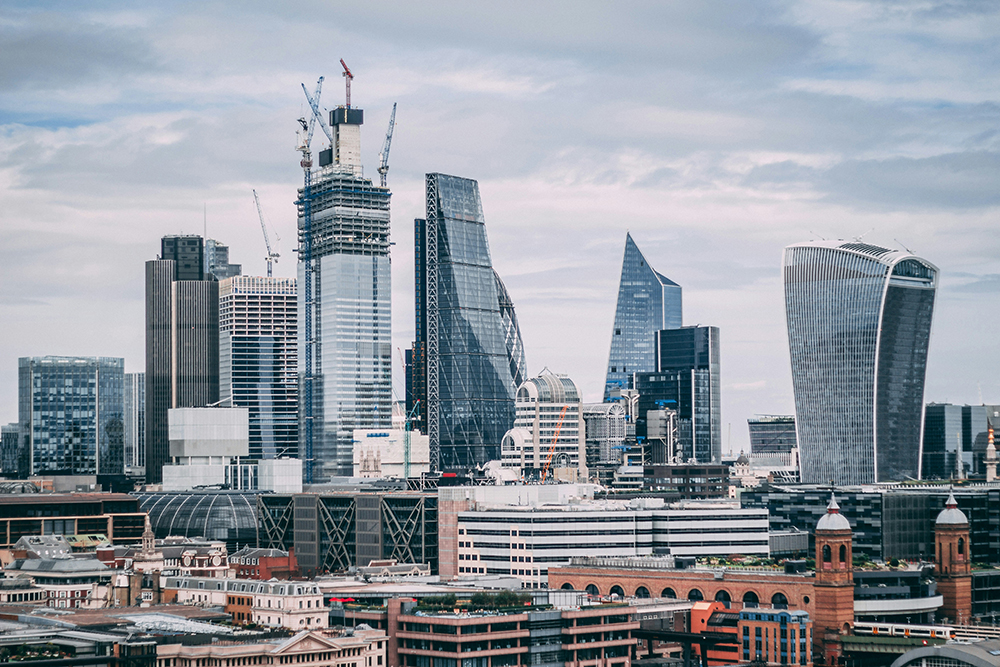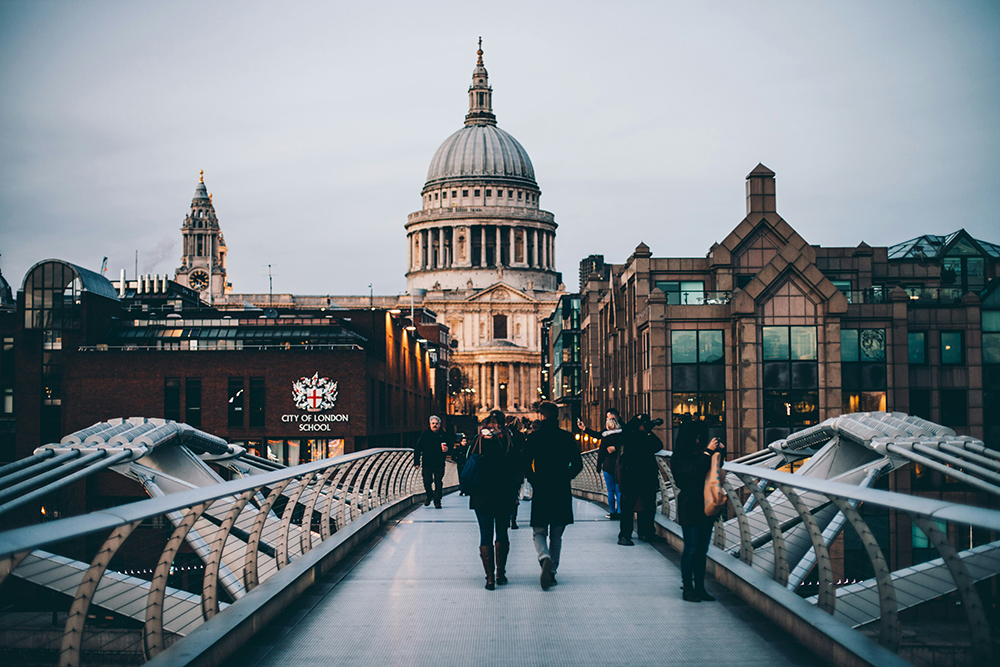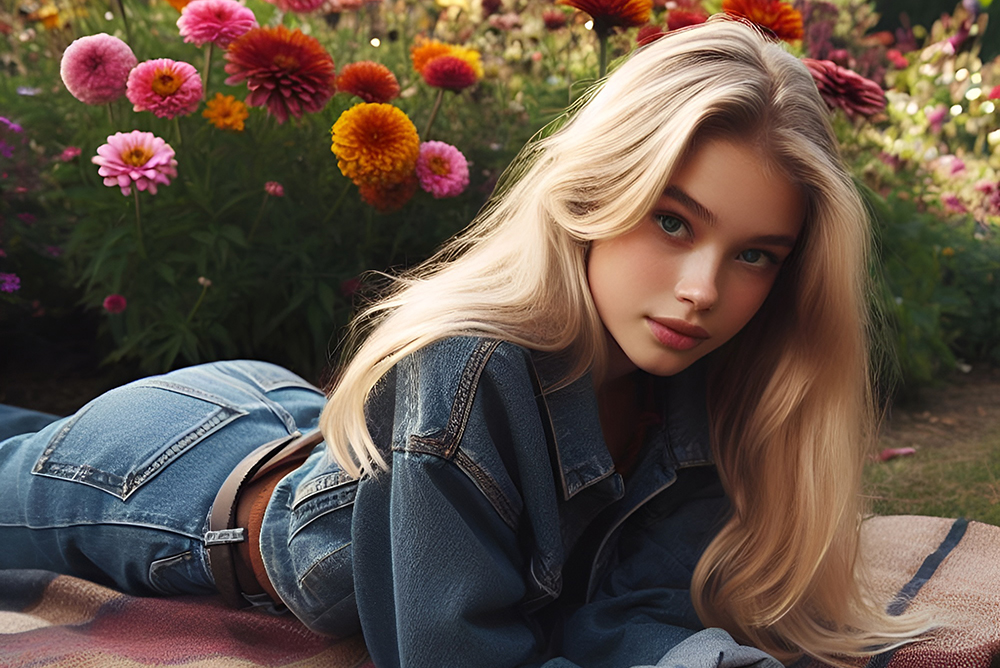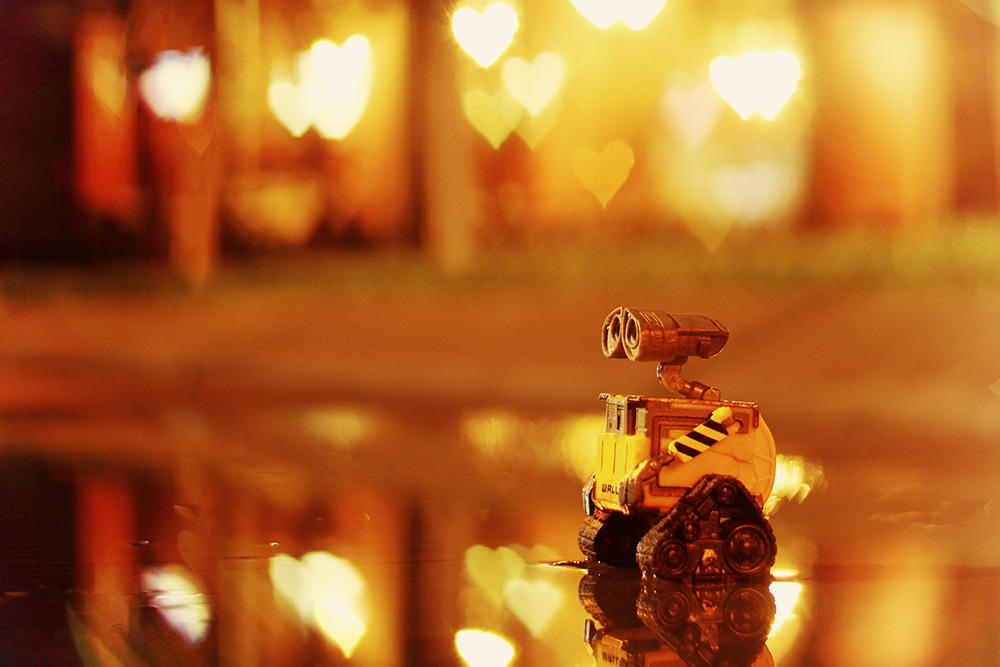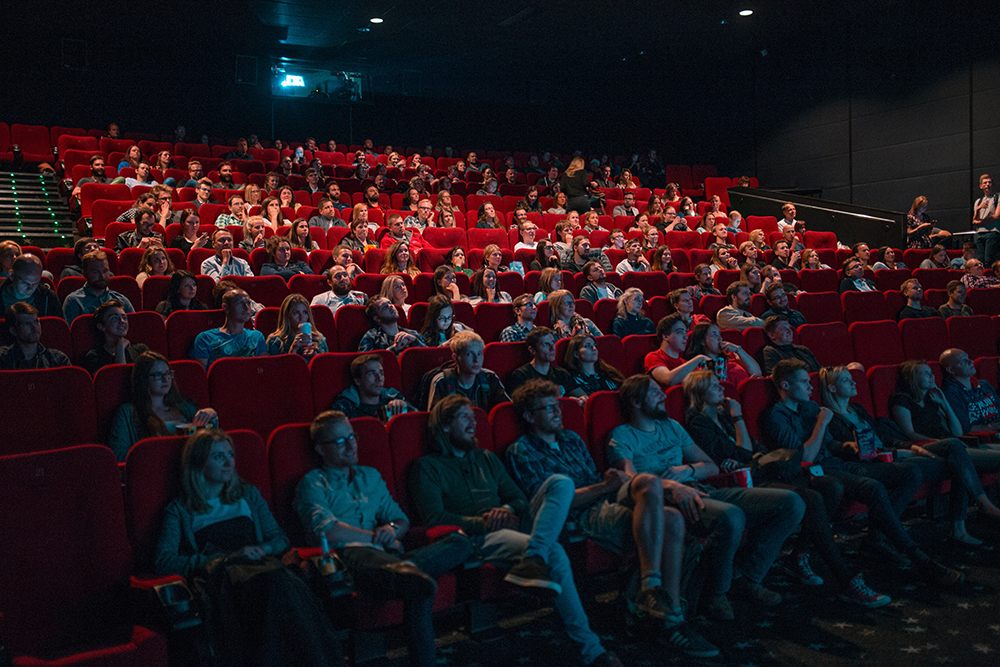The 18th International Conference on Social Robotics (ICSR + Art 2026) will take place in London, UK, from 1-4 July 2026. ICSR is the leading international forum that brings together researchers, academics, and industry professionals from across disciplines to advance the field of social robotics. The conference is accepting workshop proposals until the workshop submission deadline. Approved workshops will be announced 2 weeks after the submission deadline. The deadline for submitting proposals for workshops is 1 December 2025. Further information is available at icsr2026.uk.
Call for Special Sessions at ICSR
The 18th International Conference on Social Robotics (ICSR + Art 2026) will take place in London, UK, from July 1–4, 2026. ICSR is the leading international forum that brings together researchers, academics, and industry professionals from across disciplines to advance the field of social robotics. The conference is accepting special session proposals on a rolling basis until the submission deadline. Approved sessions will be added here as they are confirmed. The deadline for submitting proposals for special sessions is 1 December 2025. Further information is available at icsr2026.uk. Two special sessions have already been accepted, namely “SS01: Cultural Robotics” and “SS02: Participatory Futures in Social Robotics and AI”.
SEX NOW
The exhibition “SEX NOW” will take place from September 5, 2025, to May 3, 2026, at the NRW-Forum Düsseldorf. According to the website, “Sex can be beautiful, exciting, provocative, and political”. “With the exhibition SEX NOW, we invite visitors to rediscover sexuality in all its complexity. A central starting point of the exhibition is the observation that the sex industry has shifted in recent years from a predominantly male-dominated field to one increasingly shaped by women. What are the causes of this transformation? How does this development affect the way sexuality is portrayed in the media and society? What impact does it have on the design and marketing of products and on sexual self-determination?” (Website NRW-Forum, own translation) The exhibition features works by Paul McCarthy, Peaches, Zheng Bo, Tom of Finland, Joëlle Dubois, Poulomi Basu, Miyo van Stenis, Antigoni Tsagkaropoulou, Martin de Crignis, and Melody Melamed, among others. Starting September 11, a Playboy Special Edition will be available. It includes works or contributions by Helmut Newton, Erika Lust, and Ana Dias, as well as an interview with Oliver Bendel on relationships with chatbots, love dolls, and sex robots. More information is available at www.nrw-forum.de/ausstellungen/sex-now.
On Beauty
On 17 October 2023, Oliver Bendel published a little book entitled “ON BEAUTY” in which he posed 26 questions about beauty to GPT-4. The language model’s answers show the direction in which it has developed. They reveal much of the world knowledge it has accumulated. But they are also unassailable and quite general. To some questions that are not usually asked, it has downright woke answers. Only questions about the measurability of beauty or the connection between beauty and evolution elicit some concessions from the chatbot and text generator. Questions and answers are illustrated with images generated by DALL-E 3. They show beautiful people, beautiful animals, beautiful things, beautiful landscapes. Some are highly expressive art, others are kitsch. Like its predecessor “ARTIFACTS WITH HANDCAPS” (24 September 2023), this little book can be downloaded for free. Oliver Bendel has been writing experimental literature for 40 years, from concrete poetry and mobile phone novels to poems in the form of 2D and 3D codes and AI-generated texts. He has toured the Netherlands with his mobile phone novels and poems on behalf of two Goethe Institutes. The standard reference “Die Struktur der modernen Literatur” (Mario Andreotti) devotes two pages to his work (Photo: DALL-E 3).
From WALL·E to DALL·E
DALL·E 2 is a new AI system that can create realistic images and art from a description in natural language. It was announced by OpenAI in April 2022. The name is a portmanteau of “WALL-E” and “Salvador Dalí”. The website openai.com says more about the program: “DALL·E 2 can create original, realistic images and art from a text description. It can combine concepts, attributes, and styles.” (Website openai.com) Moreover, it is able to “make realistic edits to existing images from a natural language caption” and to “add and remove elements while taking shadows, reflections, and textures into account” (Website openai.com). Last but not least, it “can take an image and create different variations of it inspired by the original” (Website openai.com). The latter form of use is shown by variations of the famous painting “Girl with a Pearl Earring” by Johannes Vermeer. The website says about the principle of the program: “DALL·E 2 has learned the relationship between images and the text used to describe them. It uses a process called ‘diffusion,’ which starts with a pattern of random dots and gradually alters that pattern towards an image when it recognizes specific aspects of that image.” (Website openai.com) DALL·E mini is a slimmed down version of the powerful program, with which you can gain a first insight. Overall, this is a fascinating and valuable project. From the perspective of information ethics and the philosophy of technology, many questions arise.
AI in the Art of Film
“Agence” by Transitional Forms (Toronto) is the first example of a film that uses reinforcement learning to control its animated characters. MIT Technology Review explains this in an article published on October 2, 2020. “Agence was debuted at the Venice International Film Festival last month and was released this week to watch/play via Steam, an online video-game platform. The basic plot revolves around a group of creatures and their appetite for a mysterious plant that appears on their planet. Can they control their desire, or will they destabilize the planet and get tipped to their doom? Survivors ascend to another world.” (MIT Technology Review, 2 October 2020) The film could be another example of how art and artificial intelligence belong together. Its director also expresses himself in this direction: “I am super passionate about artificial intelligence because I believe that AI and movies belong together …” (MIT Technology Review, 2 October 2020). Whether the audience shares the enthusiasm in this case and in other areas, the future must show.
